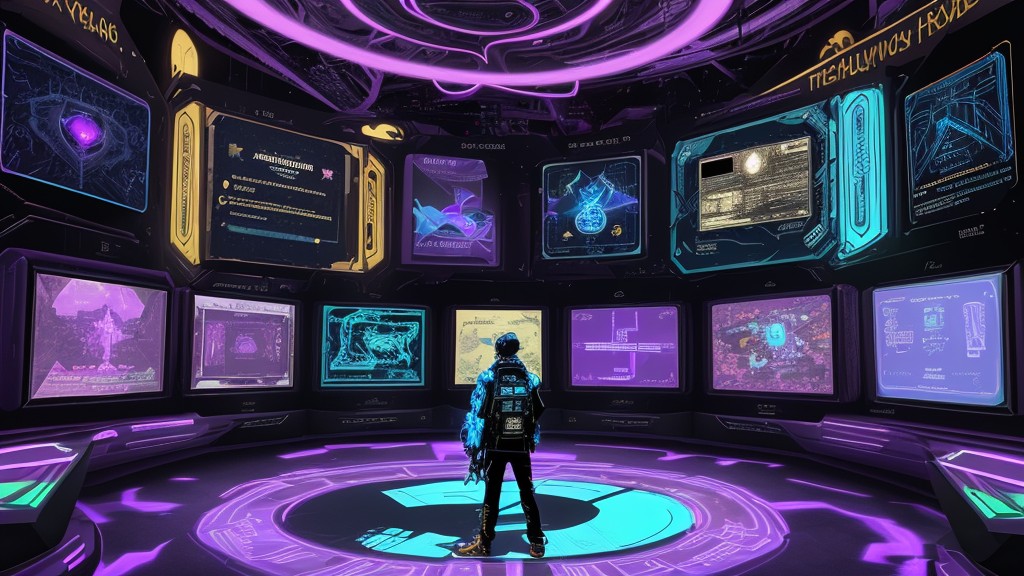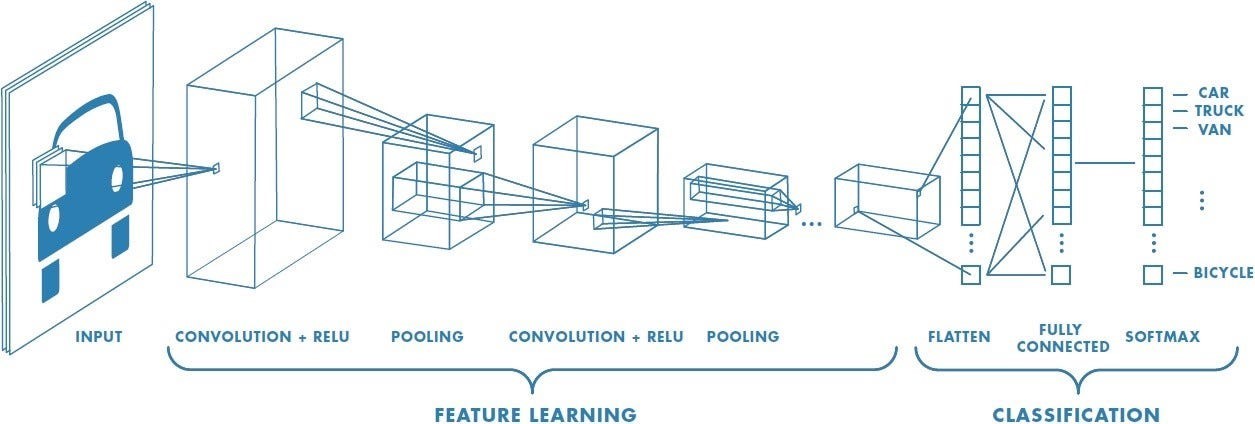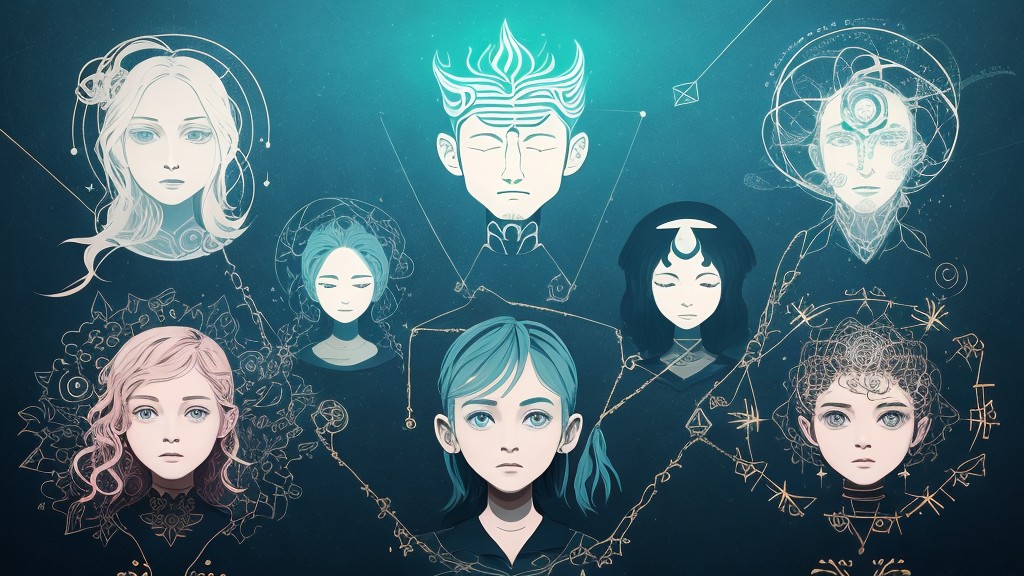
Unleashing the Power of AI Communication with Meta’s Prompt Engineering Guide

Unleashing the Power of AI Communication with Meta’s Prompt Engineering Guide
Meta’s Revolutionary Approach to AI Interaction
Meta, the powerhouse behind Facebook and Instagram, has just unlocked a new level of interaction with AI through its comprehensive prompt engineering guide. This guide is a goldmine for anyone eager to harness the full potential of AI, particularly in engaging with models like ChatGPT.
Mastering AI Communication: Key Strategies from Meta’s Guide
- The Art of Stylizing: Meta emphasizes the importance of detailed, specific instructions, like asking AI to “explain this like I’m a beginner.” This approach significantly refines the quality of AI responses.
- Formatting for Clarity: Users can request responses in preferred formats, such as bullet points or spreadsheets, to suit their specific needs.
- Setting Boundaries: Implementing restrictions like word limits or timeframes helps in obtaining precise answers.
- Role Play for Context: Assigning roles to AI, such as a marketer drafting an ad copy, enhances the relevance and quality of the responses.
- Chain-of-Thought for Complex Queries: For intricate prompts, instructing AI to “think through it step by step” improves performance.
The Impact of Meta’s Guide on AI Interaction
- Democratizing AI Skills: Meta’s initiative in sharing this guide is a significant step in making effective AI interaction accessible to a broader audience.
- Fostering Deeper Understanding: This guide not only equips users to extract better responses from AI but also deepens their understanding of how language models function.
- Enhancing Communication Skills: Mastering prompt engineering goes beyond just improving queries; it teaches users to think and communicate more clearly and creatively.
Our Perspective on Meta’s Prompt Engineering Guide
We view Meta’s release of the prompt engineering guide as a crucial development. It aligns perfectly with our vision of making AI more accessible and beneficial for everyone. This guide is not just a tool; it’s a bridge to more meaningful and productive interactions with AI.
Share Your Best AI Prompts
We invite you to share your experiences with AI chatbots. What’s the most creative or effective prompt you’ve ever used? Your insights could inspire others to explore new ways of AI interaction.
Deep Dive into Meta’s Prompt Engineering Guide
Meta’s guide on prompt engineering is an invaluable resource for anyone looking to enhance their AI conversational skills. Whether for professional tasks, creative endeavors, or just for fun, these techniques open up new horizons in AI communication. By understanding and applying these strategies, we’re paving the way for a future where AI interactions are more intuitive, effective, and aligned with our goals.
Learn More and Elevate Your AI Conversational Skills
For those eager to dive deeper and elevate their AI interaction skills, explore the full prompt engineering guide by Meta here. This guide is your key to unlocking the magic of AI communication, enabling you to prompt like a pro and get the most out of your AI interactions.









